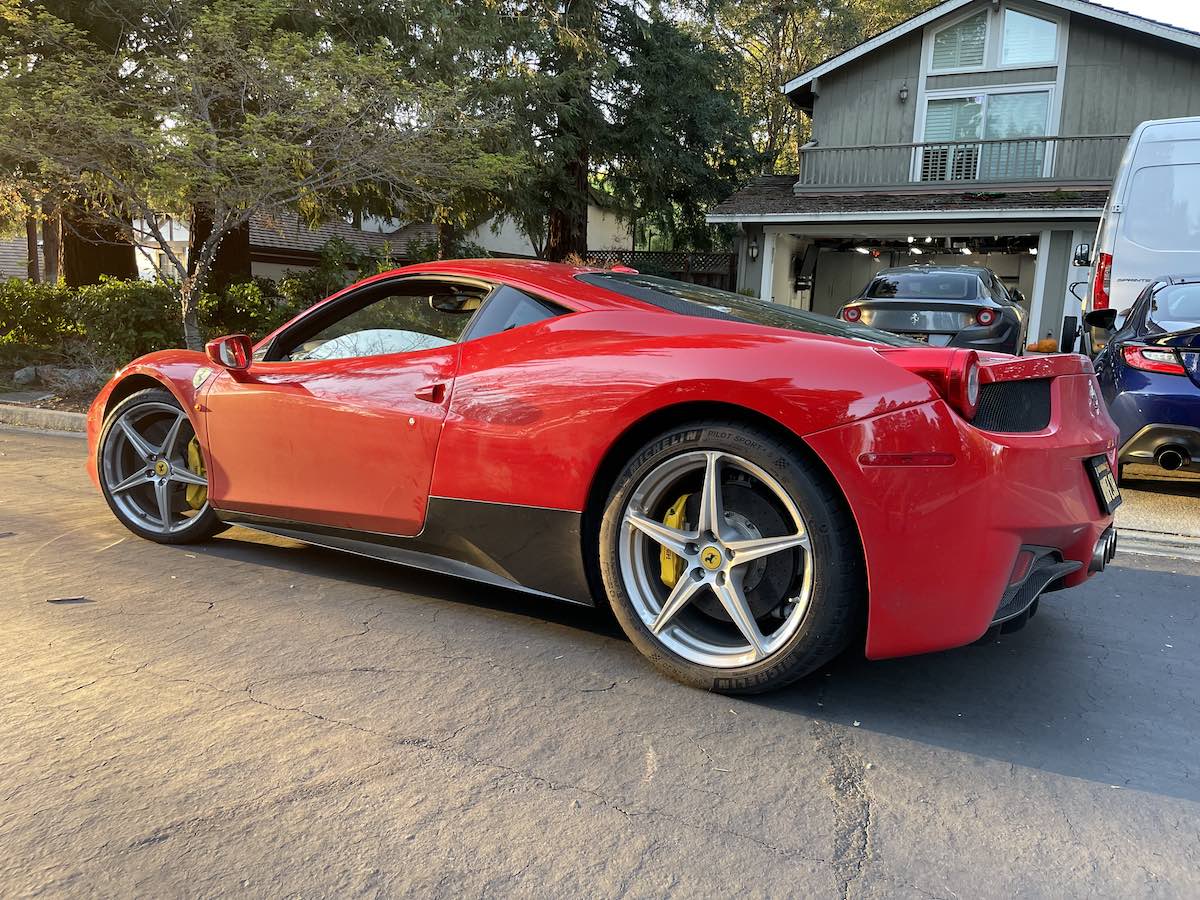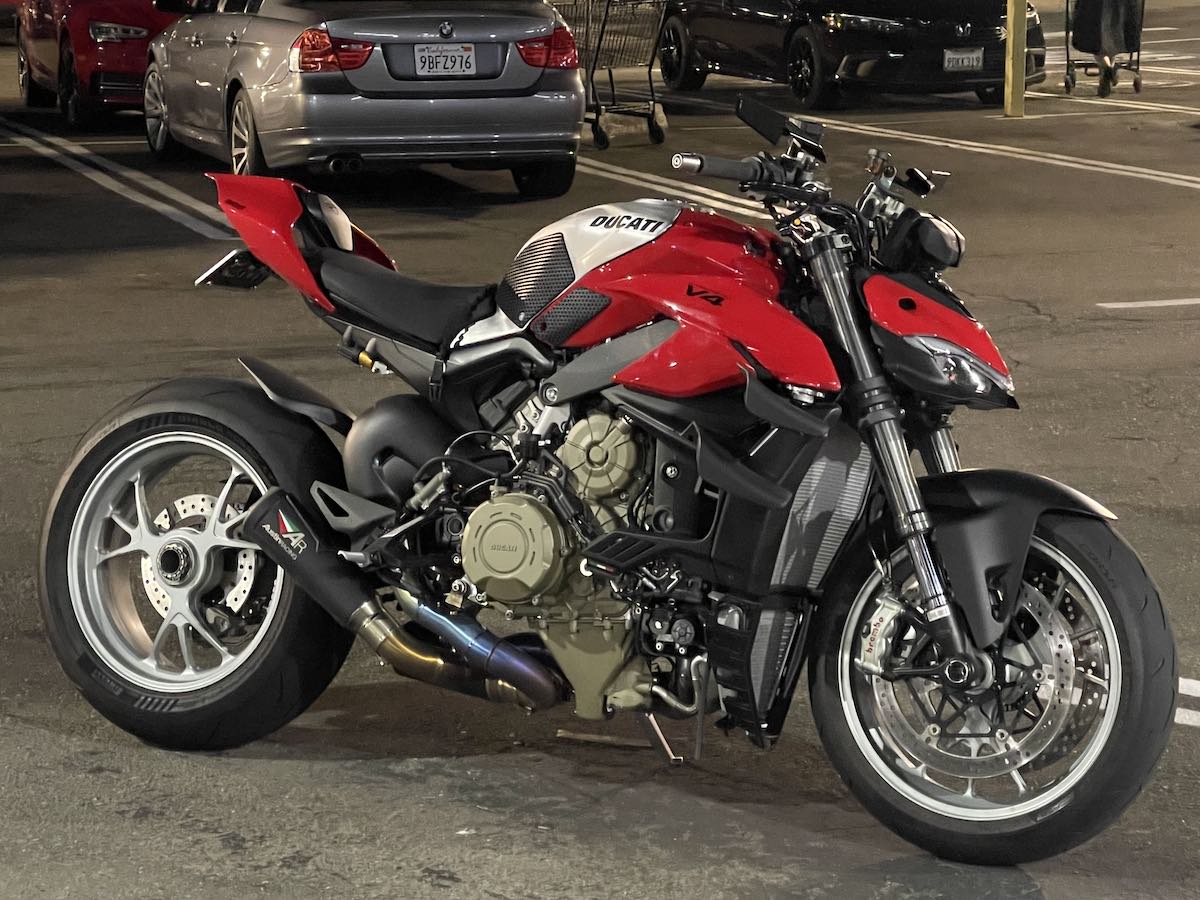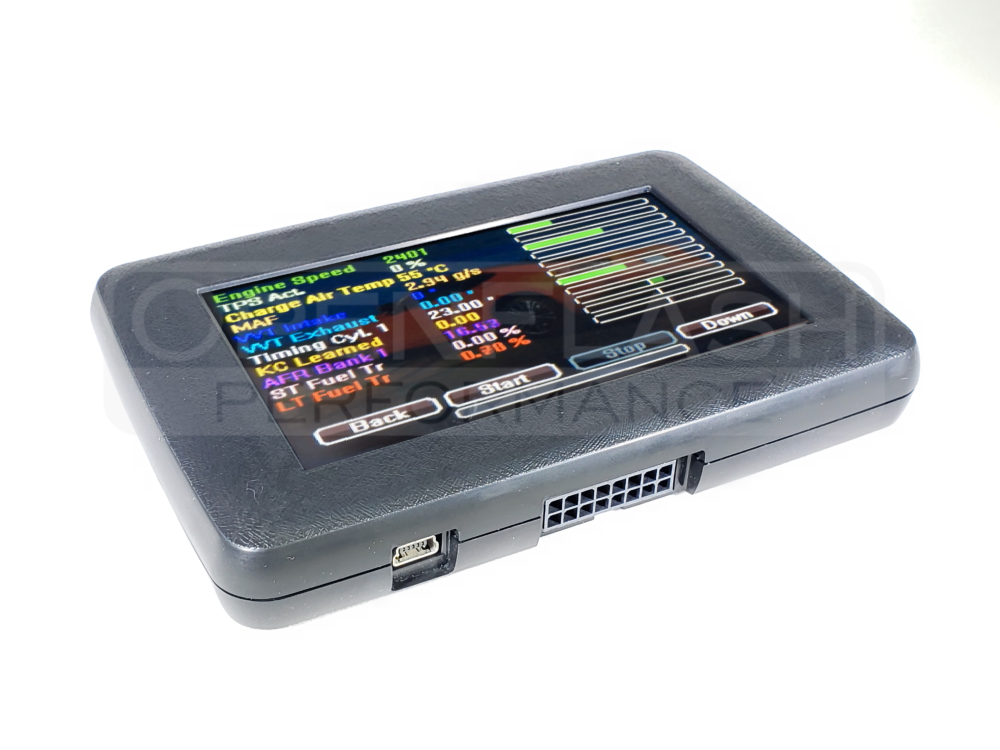

Automotive

Motorcycle

Why Choose OFT vs. Other Tuning Solutions?
Posts
- “Modified 2020 Lamborghini Urus Is the Quickest SUV We’ve Ever Tested” – Car and Driver Magazine on OpenFlash Performance Tuned Lamborghini UrusRead the article here: https://www.caranddriver.com/reviews/a31763036/kar-tunz-2020-lamborghini-urus-by-the-numbers/ Excerpt: “This is undoubtedly the quickest vehicle we’ve ever tested with a cheesy underbody lighting… Read more: “Modified 2020 Lamborghini Urus Is the Quickest SUV We’ve Ever Tested” – Car and Driver Magazine on OpenFlash Performance Tuned Lamborghini Urus
- September UpdatesThanks for sticking with us! We’ve been heels deep in development on several platforms, and are working to bring new… Read more: September Updates
- AMG Tuning Available!On the dyno today with a 2013 Mercedes ML63 AMG. Please contact us directly for your AMG tuning needs: sales@openflashperformance.com
